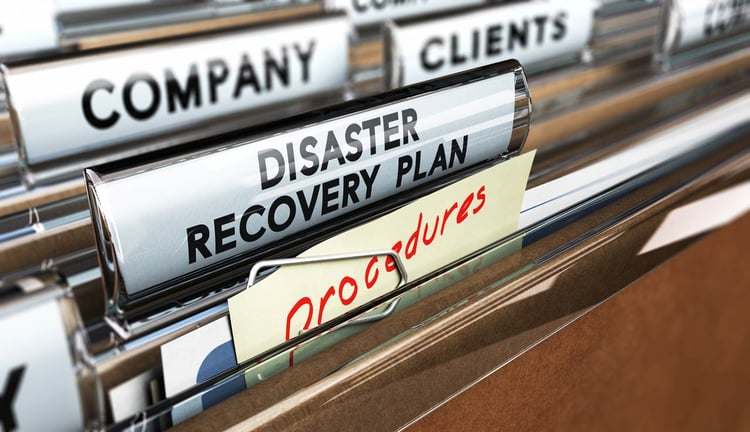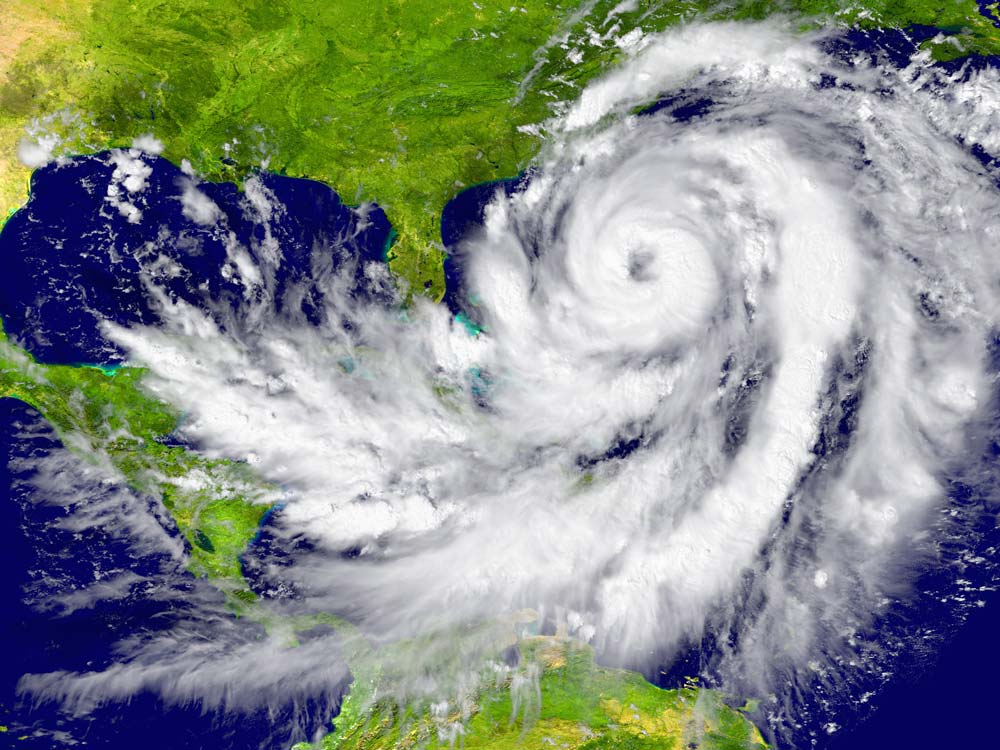Why You Need to Rethink Your Crisis Plan Now

When was the last time you reviewed your crisis plan?
I had conversations recently on this topic with two well-known and visible
corporations.
Their answers? "Seven years" and "we don’t have a current plan", respectively.
To be fair, they were talking to me because they understood that, in the words of Mr. Zimmerman, the times they are a-changing.
But it makes you wonder just how many other organizations have crisis plans that are way out of date, if they have one at all.There is lots of anecdotal evidence that this is true.
My colleague at RockDove Solutions, COO Chris Britton, notes that the biggest competitor to our award-winning crisis management platform, In Case of Crisis, is the humble old three-ring binder – which suggests plans created in a time long, long ago.
Further evidence is provided by the unfortunate way that organizations respond when a crisis begins to unfold.
It’s been true now for many years that social media, together with the easy
availability of technology such as smartphone video cameras, are the accelerants and, sometimes, even the root cause of many crises.
Yet, judging by the responses of those facing a threat (take a bow United Airlines) many companies do not have a plan which anticipates or provides a roadmap to regain control of a threat in the digital information age.
The power of social media is not news – but it is increasingly news that there
seems so little understanding and readiness for that phenomenon in corporate America.
So, what does an effective contemporary crisis plan look like?
What elements should the plan embrace to give an organization the power to get ahead of, and manage effectively, the impact of social media and technology during a crisis and act in the speed of digital?
From my experience, the key areas are:
1. Understand the difference between an issue and a crisis. A badly managed issue or a premature over-the-top response may well result in a crisis!
2. Clear roles & responsibilities for the crisis team. This applies to the crisis team but also for the external resources involved in a crisis response (and training and testing to ensure they really do understand their role).
3. Identification and tracking of the issues. This means conducting an exercise to identify the issues most likely to impact the organization – or those that would do most damage.
4. Comprehensive worst case scenario planning. Individual response plans against each of the most likely or most damaging threats – with each response to include messaging, escalation plans, third party resources and communications strategies.
All these areas must be enabled and strengthened through smart application of technology – from monitoring software to track issues, through to a mobile crisis app to access and activate the plan.
In subsequent blogs, we will examine in more detail what a crisis preparedness plan for the new information world must contain.










